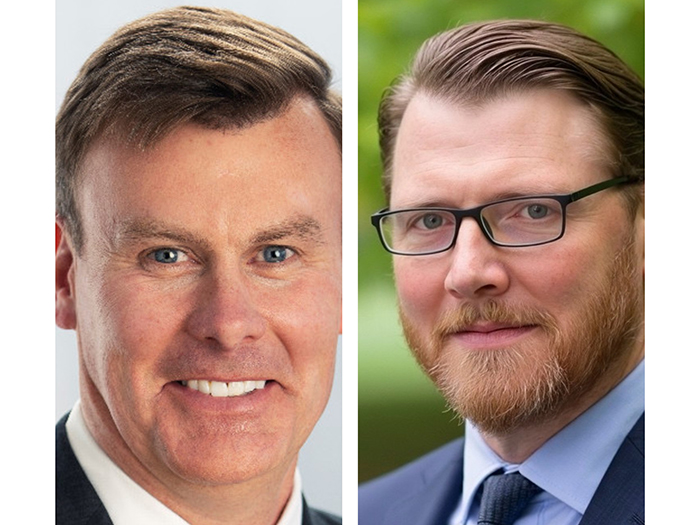Column: Risk Management
Risk Triangles
I was eight when I first learned of fire safety from Elmer the Safety Elephant. An animated mascot, Elmer’s mission was to spread messages of safety to all Canadian children around fire, railway, school bus, traffic, home and the internet.
Born in 1947, Elmer’s effectiveness was astonishing. In his very first year of teaching practical traffic safety rules, traffic accidents involving children dropped by 44 percent even as vehicle numbers grew by 10 percent.
He taught common-sense safety rules, one of which I still remember — the fire triangle.
The fire triangle characterizes the three components necessary for a fire to occur. A fire needs fuel, an ignition source and oxygen. Remove one, and a fire cannot occur.
Fire extinguishers smother flames by denying them oxygen. We restrict the use and carrying of matches and other ignition sources. Flame retardants reduce the possibility of objects becoming fuel sources. We comply with legislation mandating working fire alarm systems.
How many risk prevention and mitigation techniques are now designed around this simple triangle? One example, we have the fraud risk triangle.
When fraud or theft occurs in an organization, three conditions usually surround the perpetrator. They feel pressure or have an incentive to commit the crime. They find rationalization for their crime. Thirdly, they have the opportunity and resources to commit the crime.
To effectively prevent fraud risk, your risk response plans must aim to, at minimum, quash one side. Removing opportunities removes risk of fraud.
An individual can be incentivized to steal if they are burdened and pressured by debts or financially draining addictions. An individual can rationalize their theft if they feel wronged by the company. The stolen money balances the scale for them.
Most importantly, an opportunity must exist to commit the crime. Working in a money transacting department with loose or unmonitored financial controls is an ideal environment.
To effectively prevent fraud risk, your risk response plans must aim to, at minimum, quash one side. Removing opportunities removes risk of fraud.
This triangle rule applies to other crimes, too. My heart went out to the families and friends of the victims from Marjory Stoneman Douglas High School in Parkland, Florida.
What a horror.
A mass shooter is incentivized by the notoriety they may gain from the act. They select individuals who they feel wronged them and are deserving of punishment. The victims’ deaths balance the scale for the shooter.
But most glaringly, a mass shooter needs the opportunity with resources to commit the act. They need a gun. Without one, a shooting cannot occur.
Americans constitute about 4.4 percent of the global population but own 42 percent of the world’s guns. These numbers are screaming for immediate attention. Much less is more. &










